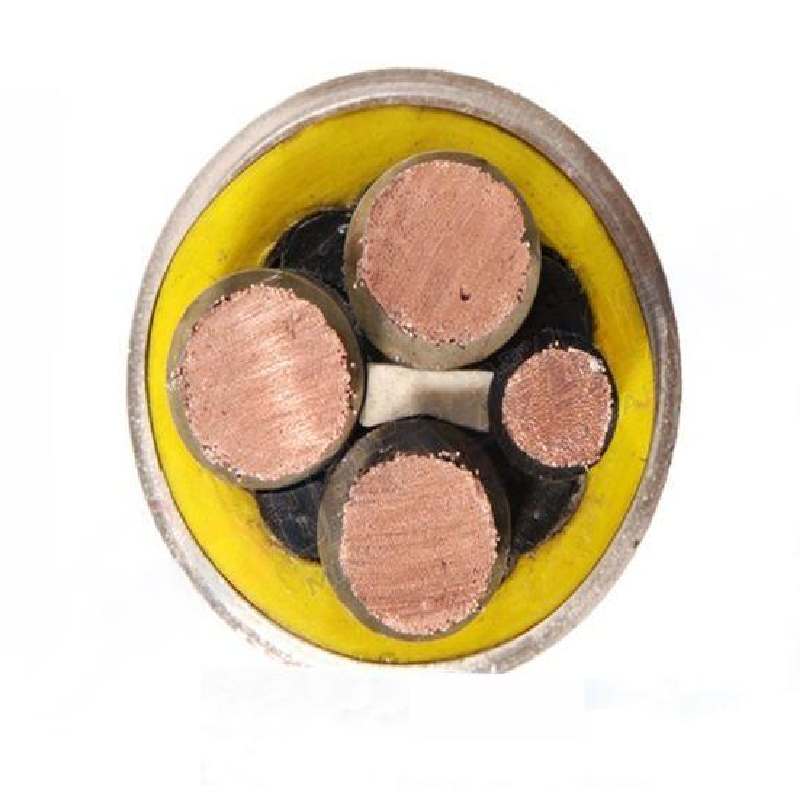10 月 . 15, 2024 14:19 Back to list
Flanged Butterfly Valve Design and Applications for Efficient Flow Control Solutions
Flange Butterfly Valves An In-Depth Overview
Flange butterfly valves are essential components in a wide range of industrial applications, known for their efficiency, reliability, and versatility. These valves are employed to regulate the flow of liquids and gases in pipelines, making them crucial in various sectors, including water treatment, oil and gas, chemical processing, and HVAC systems. This article aims to explore the design, functionality, and advantages of flange butterfly valves, as well as their applications and maintenance considerations.
What is a Flange Butterfly Valve?
A flange butterfly valve typically consists of a circular disc, known as the butterfly, which can be rotated within a pipe to control flow. The design includes flanges on both sides of the valve body, allowing it to be bolted directly to the pipeline. The operation is straightforward rotating the disc 90 degrees opens or closes the pathway for fluid passage. This simple mechanism makes butterfly valves an attractive option for many engineers and designers.
Design and Construction
Flange butterfly valves are usually constructed from materials such as cast iron, stainless steel, and PVC, depending on the application's requirements. The choice of material affects the valve's durability, corrosion resistance, and operating temperature range. The valve's body, disc, and sealing elements are designed to withstand the specific pressure and temperature conditions of the system they are installed in.
The flanged ends provide a secure connection to the piping, ensuring that the valve remains firmly in place even under high-pressure conditions. Additionally, the butterfly design minimizes pressure drop, contributing to energy savings and efficient system operation.
Functionality and Operation
The functioning of a flange butterfly valve is notable for its simplicity and effectiveness. When the disc is turned parallel to the flow, the valve is in the open position, allowing fluid to pass through with minimal resistance. Conversely, when the disc is perpendicular to the flow, the valve is closed, obstructing the fluid passage.
Butterfly valves can be operated manually via a handle or automatically using electric, pneumatic, or hydraulic actuators. Automated operations enhance precision in flow control and are particularly beneficial in large-scale industrial applications.
Advantages of Flange Butterfly Valves
Flange butterfly valves offer several advantages, making them a popular choice in various industries
flange butterfly valve

1. Compact Design These valves have a relatively small footprint compared to other valves like gate or globe valves, making them suitable for installations with limited space.
2. Lightweight Their lightweight design facilitates easier handling and installation, resulting in lower labor costs.
3. Quick Operation The 90-degree rotation allows for rapid opening and closing, which is essential when quick responses are necessary.
4. Versatile Applications Flange butterfly valves can handle various media, including gases, liquids, and slurries, making them adaptable to different industrial processes.
5. Cost-Effective Their straightforward design often translates to lower manufacturing and maintenance costs, making them an economical choice.
Applications
Flange butterfly valves are commonly found in
- Water Supply and Treatment Used to control water flow in municipal systems and wastewater treatment plants. - Oil and Gas Employed in pipelines for the transportation of crude oil and natural gas. - Chemical Processing Integral in controlling flow in chemical plants. - HVAC Systems Used in heating, ventilation, and air conditioning systems for regulating airflow and temperature.
Maintenance Considerations
To ensure longevity and reliable operation, flange butterfly valves require regular maintenance. It is essential to inspect the valve for wear and tear, check the sealing elements for any leaks, and ensure that actuators and control mechanisms function properly. Proper lubrication can also extend the life of the valve and help maintain smooth operation.
Conclusion
Flange butterfly valves are a critical element in many industrial systems, providing reliable and efficient flow control. Their design, ease of use, and adaptability make them a preferred choice for engineers worldwide. By understanding their operation and maintenance, industries can enhance their efficiency and ensure optimal performance in their fluid management systems.
Share
-
Understanding the Differences Between Wafer Type Butterfly Valve and Lugged Butterfly ValveNewsOct.25,2024
-
The Efficiency of Wafer Type Butterfly Valve and Lugged Butterfly ValveNewsOct.25,2024
-
The Ultimate Guide to Industrial Swing Check Valve: Performance, Installation, and MaintenanceNewsOct.25,2024
-
Superior Performance with Industrial Swing Check Valve: The Essential Valve for Any SystemNewsOct.25,2024
-
Industrial Swing Check Valve: The Ideal Solution for Flow ControlNewsOct.25,2024
-
You Need to Know About Industrial Swing Check Valve: Functionality, Scope, and PerformanceNewsOct.25,2024